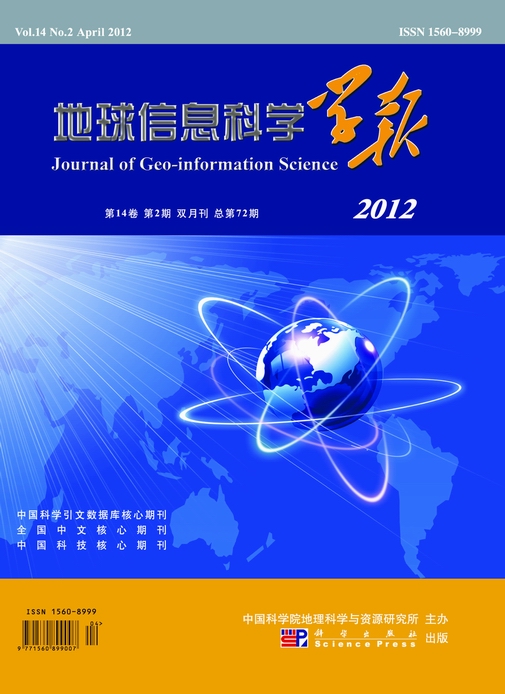ARTICLES
SU Guohui , SHEN Yanping, SUN Jihong , HE Shufeng , WEI Helong
It is an important research subject to build hydrocarbon resources information database and provide decision support service by information technology. Strategic Research Center of Oil and Gas Resources organizes a global hydrocarbon geology research project, collects the global latest hydrocarbon resources information, and establishes global hydrocarbon geology database, which has the following characters: wide scope, perfect content and strong timeliness. In order to provide the database information service, the Global Hydrocarbon Geology Database Information Sharing System is established based on ArcGIS Server, Visual studio.NET development platform and the Oracle database management system. It fills in the domestic gap of hydrocarbon geology information management and sharing system, provides a way to reach sharing and interoperability. The information sharing system is a WebGIS application platform, providing information release, map browsing, graphics search, spatial analysis, thematic mapping and other functions. By the graphics, text and charts, it presents the latest research results of basic geography, basic geology, hydrocarbon geology, potential resources, investment environment, etc. It provides efficient information access for the public and researchers, provides reliable information support for national oil and gas resources management and energy policy, realizes information sharing and service. In this article we briefly introduced ArcGIS Server and why we chose ArcGIS Server, mainly specified the system framework, including logical framework and physical framework, data entity classification, system environment and function modules, such as information retrieval module, navigation module, metadata service module, spatial data service module, data download module and system management module, for the purpose of discussing the design and realization of information sharing system based on ArcGIS Server.
